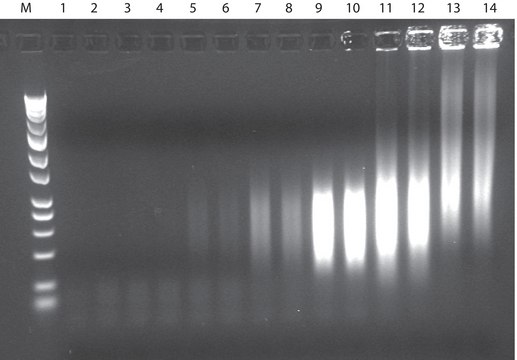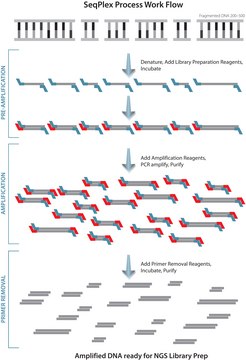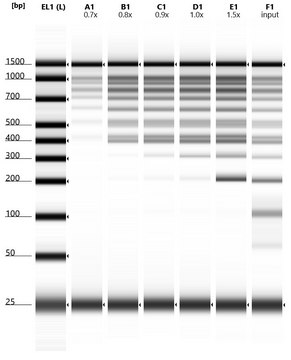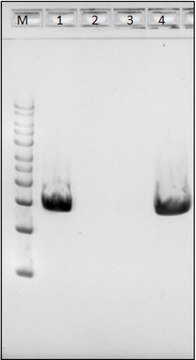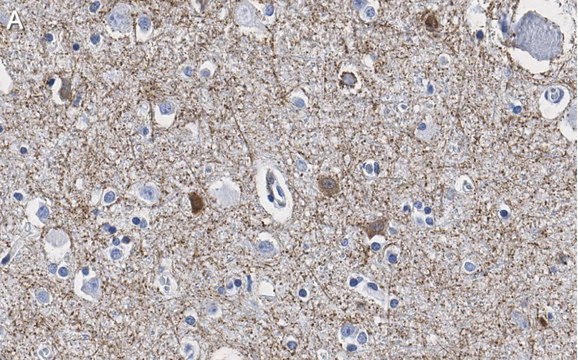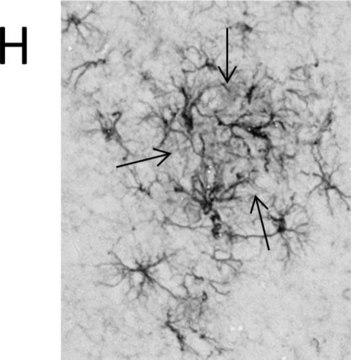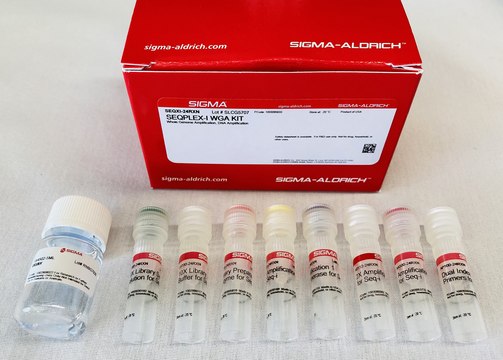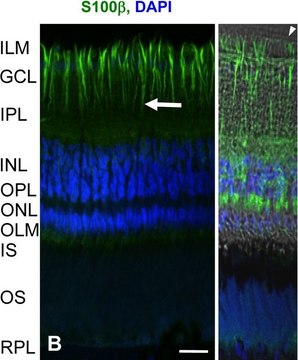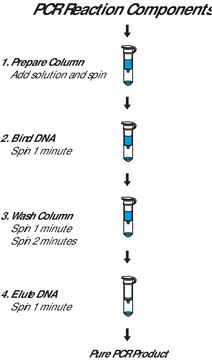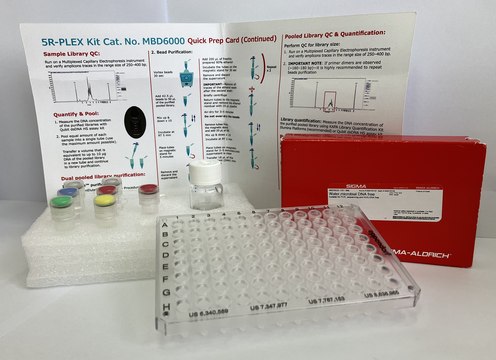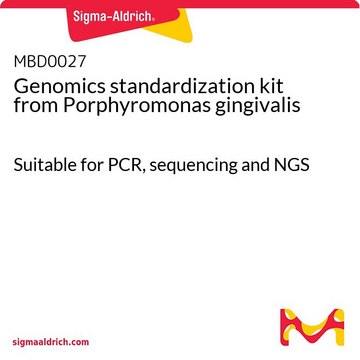推荐产品
质量水平
用途
Preparing 96 samples for sequencing
技术
DNA amplification: suitable
DNA sequencing: suitable
运输
dry ice
储存温度
-10 to -25°C
1 of 4
此商品 | SEQXE | MBD0027 | AMP3100 |
|---|---|---|---|
| technique(s) DNA amplification: suitable, DNA sequencing: suitable | technique(s) whole genome amplification: suitable | technique(s) DNA extraction: suitable, DNA sequencing: suitable, PCR: suitable | technique(s) DNA amplification: suitable |
| usage Preparing 96 samples for sequencing | usage - | usage - | usage - |
| shipped in dry ice | shipped in wet ice | shipped in dry ice | shipped in - |
| storage temp. -10 to -25°C | storage temp. −20°C | storage temp. −20°C | storage temp. - |
| Quality Level 200 | Quality Level 200 | Quality Level 200 | Quality Level 300 |
一般描述
- Formalin-Fixed, Paraffin-Embedded (FFPE) tissue[1]
- Cancerous tumor tissue
- Degraded or damaged DNA
- Low biomass samples
- Fossil-derived and ancient DNA
特点和优势
- The 5R-PLEX Kit provides high profile sequencing from degraded, damaged or low biomass samples
- Multiplexed NGS assay targets 5 variable regions of the 16S rRNA gene in a single primer pool
- Includes positive control for trouble shooting experiments.
- The kit can detect as low as 1pg of highly degraded bacterial DNA with an average fragment size of 260bp.
- Kit includes low bioburden reagents
- Includes exclusive access to M-CAMP™ platform featuring an innovative algorithm designed to reconstruct a single coherent microbial profiling and perform comprehensive analysis.
组分
- 5R-PLEX PCR1 Primer mix- 25 μL
- 5R-PLEX PCR2 Forward Primer mix- 25 μL
- 5R-PLEX index plate 96-plate
- Water, microbial DNA-free 10X- 1.5 mL
- HF DNA Polymerase- 0.1 mL
- 5X HF buffer 2 mL
- dNTP′s- 0.2 mL
- Elution Buffer (EB), microbial DNA-free- 8 mL
- 5R-PLEX Positive Control (10 ng/μL)- 30 μL
储存及稳定性
其他说明
法律信息
历史批次信息供参考:
我们的科学家团队拥有各种研究领域经验,包括生命科学、材料科学、化学合成、色谱、分析及许多其他领域.
联系客户支持